Although as humans we have always been fascinated with the workings of the mind and the reasons behind our behavior, it wasn’t until the beginning of the 20th century that Experimental psychology really took off.
Encompassing a range of areas, from behavioural studies to social dynamics and the complex biological processes occurring in the brain, the carefully controlled studies carried out in the name of experimental psychology have taught us so much about the human condition and given us a deeper understanding of why we act the way that we do.
We compiled a list of some of the most famous and thought-provoking psychology experiments that have been carried out in the last century. From simple social experiments to complex behavioural patterns that expose the workings of the subconscious and push the boundaries of ethics, these weird and wonderful experiments are sure to make you think twice about what you really know about yourself as a human being.
Maybe we are all just a little less in control of ourselves than we really think… Check out the list below and don’t forget to vote for your favourite!
A Class Divided Experiment
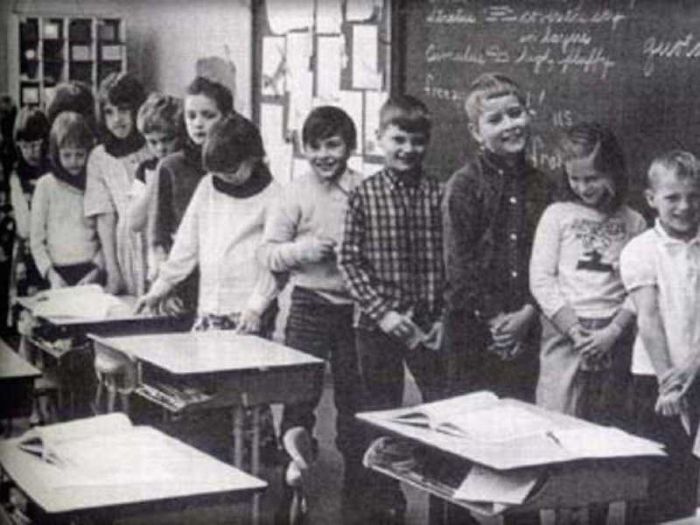
In 1968, following the murder of civil rights leader Martin Luther King, teacher Jane Elliott tried discussing issues of discrimination, racism, and prejudice with her third grade class in Riceville, Iowa.
Not feeling that the discussion was getting through to her class, who did not normally interact with minorities in their rural town, Ms. Elliott began a two-day
The Piano Stairs Experiment
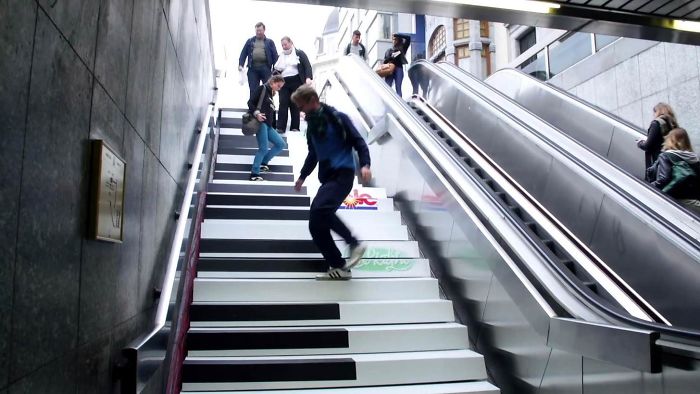
Volkswagen’s initiative called ‘The Fun Theory’ wanted to prove that people’s behaviour can be changed for the better by making boring, everyday tasks more fun. In this experiment in Stockholm, Sweden they installed musical piano steps on the staircase of a subway station to see if more people would choose the healthier option and use the stairs instead of the escalator.
The results showed that 66%… Read More
The “Violinist In The Metro” Experiment
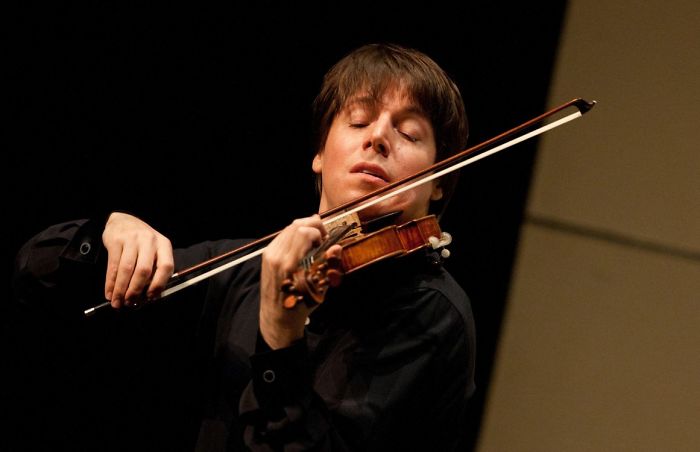
On 12th January 2007, about a thousand morning commuters passing through a subway station in Washington, D.C. were, without publicity, treated to a free mini-concert performed by violin virtuoso Joshua Bell, who played for approximately 45 minutes, performing six classical pieces (two of which were by Bach), on his handcrafted 1713 Stradivarius violin (for which Bell reportedly paid $3.5 million).
Only 6 people stopped and stayed to… Read More
Smoke Filled Room Experiment
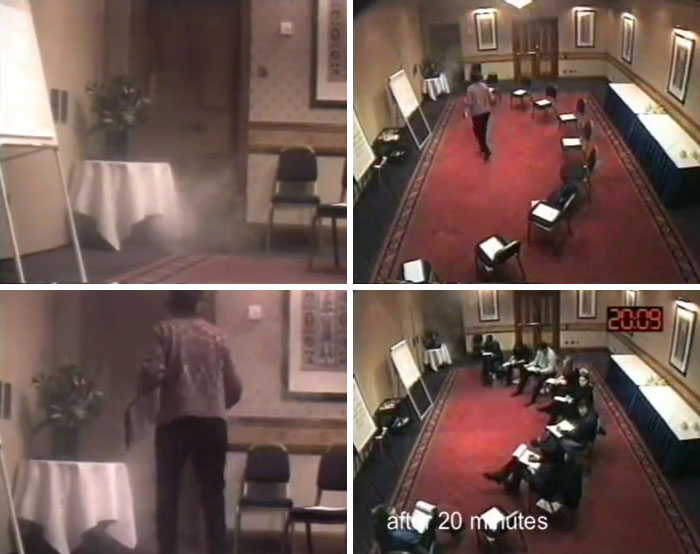
This experiment had people alone in a room filling out a questionnaire, when smoke starts coming from under the door. What do you do? You would get up and leave, tell someone in charge and do so without hesitation, right? Now imagine the same situation, except that you are not alone, you are with several other people who don’t seem to care about the smoke. What do you do… Read More
Robbers Cave Experiment
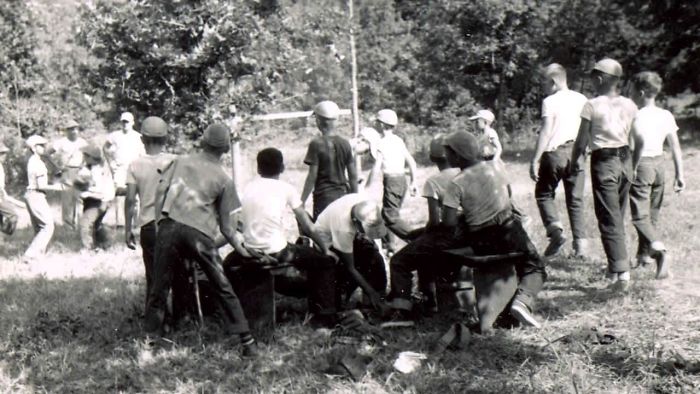
This experiment tested the Realistic Conflict Theory, and is an example of how negative attitudes and behaviours arise between groups due to competition over limited resources.
The experimenters took two groups of 11- and 12-year-old boys to what they thought was a summer camp. For the first week, the two groups of boys were separated and did not know about each other. During this time, the boys bonded with… Read More
Carlsberg Social Experiment

In this social experiment by the Danish brewery Carlsberg, the subjects, unsuspecting couples out to watch a movie, walk into a crowded cinema. There are only 2 seats remaining, right in the middle, with each of the rest taken by a rather tough-looking and tattooed male biker.
As the informal experiment (which was actually intended to be just an advertisement) unfolds, not all of the couples end… Read More
Car Crash Experiment
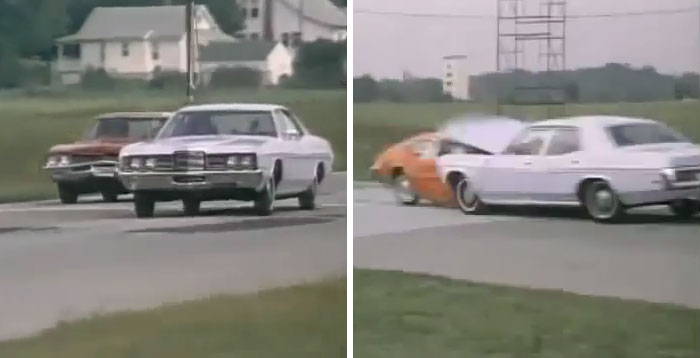
The 1974 Car Crash Experiment by Loftus and Palmer aimed to prove that wording questions a certain way could influence a participant’s recall, by twisting their memories of a specific event.
They asked people to estimate the speed of motor vehicles using different forms of questions. Estimating vehicle speed is something people are generally poor at and so they may be more open to suggestion.
The Milgram Experiment
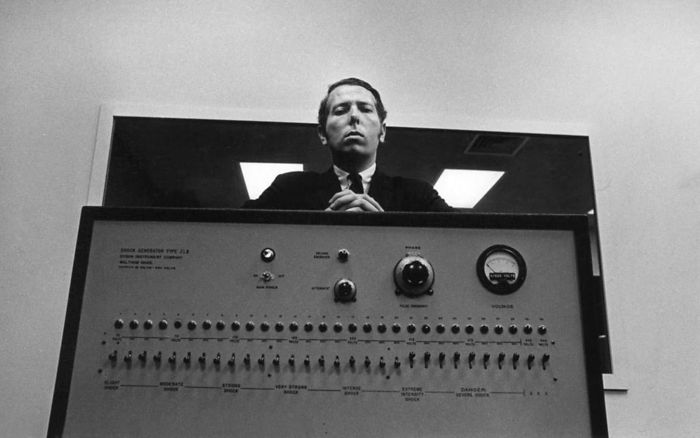
This experiment was conducted in 1961 by psychologist Stanley Milgram, and was designed to measure the lengths that people would go to in obedience to authority figures, even if the acts they were instructed to carry out were clearly harmful to others.
Subjects were told to play the role of teacher and administer electric shocks to the learner, an actor who was out of sight and ostensibly… Read More
False Consensus Experiment

In this experiment, researchers asked college students whether they would be willing to walk around campus for 30 minutes wearing a large sandwich board bearing the message: “Eat at Joe’s.”
The researchers then asked the students to estimate how many other people would agree to wear the advertisement. They found that those who agreed to carry the sign believed that the majority of people would also agree… Read More
The Invisible Gorilla Experiment
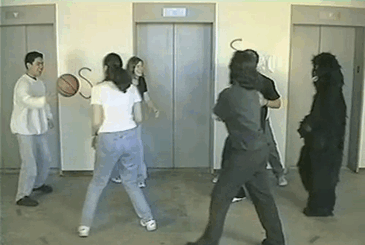
Imagine you are asked to watch a short video in which six people-three in white shirts and three in black shirts-pass basketballs around. While you watch, you must keep a silent count of the number of passes made by the people in white shirts. At some point, a gorilla strolls into the middle of the action, faces the camera and thumps its chest, and then leaves, spending nine… Read More
The Marshmallow Test Experiment
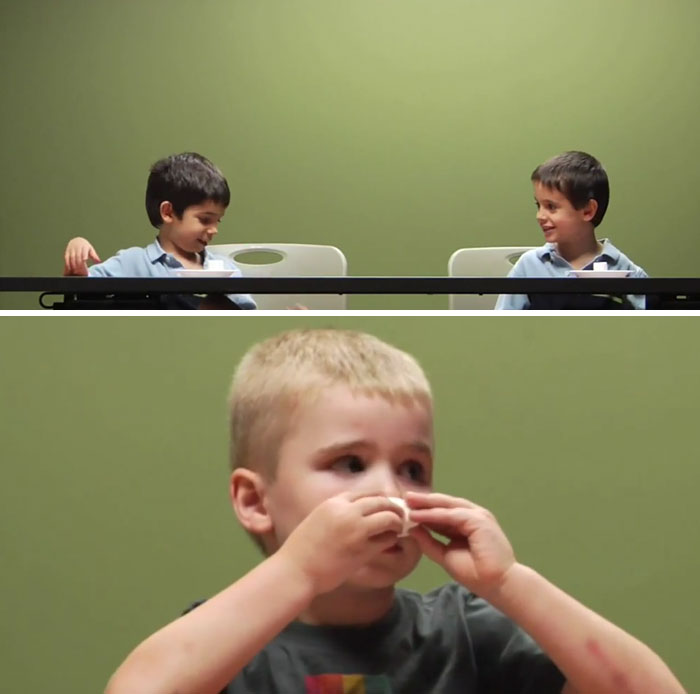
The Stanford marshmallow experiment was a series of studies on delayed gratification in the late 1960’s and early 1970’s led by psychologist Walter Mischel.
Using children of ages four to six as subjects, they were led into a room where a treat (usually a marshmallow, but sometimes a cookie or pretzel stick), was placed on a table, by a chair.
Bobo Doll Experiment
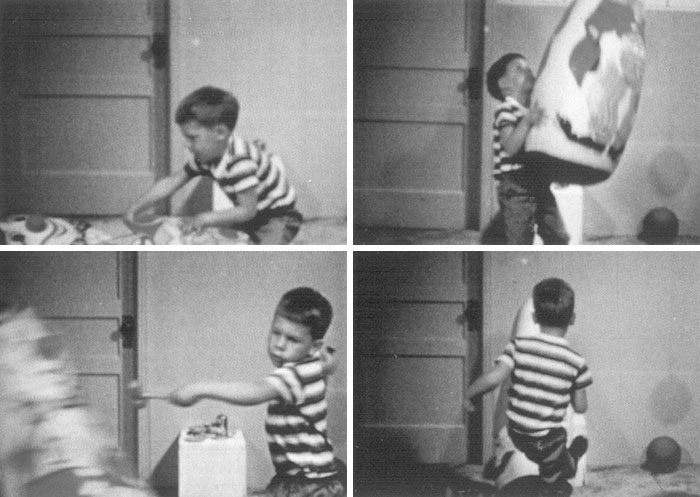
The Bobo Doll Experiment was performed in 1961 by Albert Bandura, to test his belief that all human behaviour was learned, through social imitation and copying, rather than inherited through genetic factors.
To try and prove that children would copy an adult role model’s behaviour, he separated participants into groups. One was exposed to an adult showing aggressive behaviour towards a Bobo doll;
Kitty Genovese Case
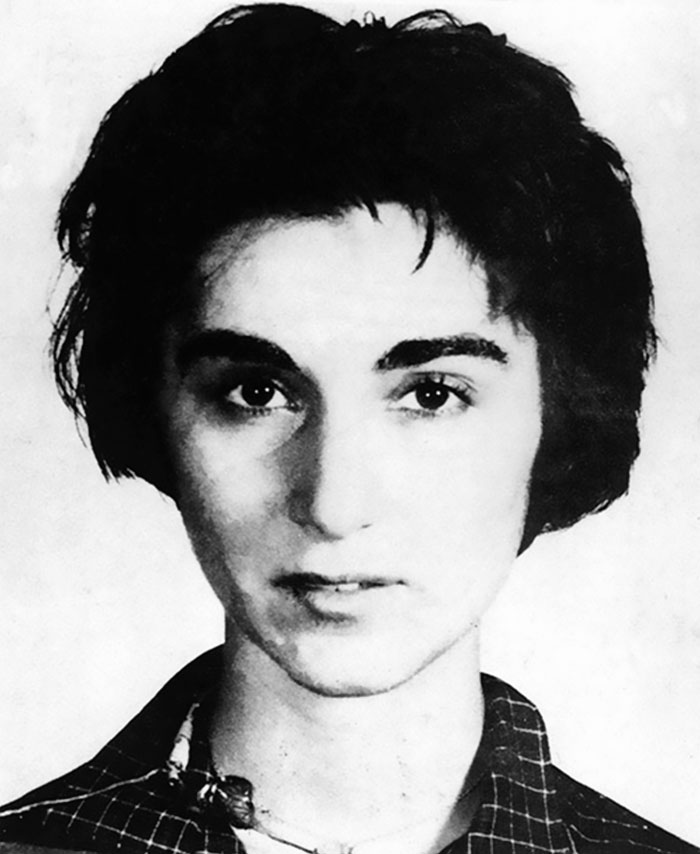
The murder case of Kitty Genovese was never intended to be a psychological experiment, however it ended up becoming the catalyst for discoveries about what is now known as the Bystander Effect.
The bystander effect occurs when the presence of others discourages an individual from intervening in an emergency situation. Social psychologists Bibb Latané and John Darley popularized the concept following the infamous 1964 murder in New.
Hawthorne Effect Experiment

The Hawthorne Effect came from a 1955 study conducted by Henry Landsberger.
The original purpose of the experiments was to study the effects of physical conditions on productivity. Two groups of workers in the Hawthorne factory were used as guinea pigs. One day the lighting in the work area for one group was improved dramatically while the other group’s lighting remained unchanged.
The “Monster” Study

This experiment was conducted by Dr. Wendell Johnson, a speech pathologist who wanted to show that the prevailing theories about the causes of stuttering were wrong. During the 1930s it was thought that stuttering had an organic or genetic cause. This meant you were born a stutterer (or not) and little could be done.
The Facebook Experiment

In 2012 Facebook conducted a massive experiment on its users, unbeknownst to them. The social media giant manipulated the news feeds of 689,003 people for one week, prioritizing either positive or negative emotional content. They then tracked the updates that the unwitting users posted, to see if they had been influenced by the manipulated feeds.
The Asch Conformity Experiment

The Asch Experiment is another famous example of social conformity in group situations. One subject was placed in a room with other people, actors who had been previously instructed how to respond. The person conducting the experiment held up an image with three numbered lines and asked each person in the room to identify the longest line.
Halo Effect Experiment

In this experiment conducted in 1920, educational psychologist Edward Thorndike asked two commanding officers to evaluate their soldiers in terms of physical qualities (neatness, voice, physique, bearing, and energy), intellect, leadership skills, and personal qualities (including dependability, loyalty, responsibility, selflessness, and cooperation). His goal was to see how a persons judgement of one characteristic affected their subsequent judgement of other characteristics.
Fantz’s Looking Chamber
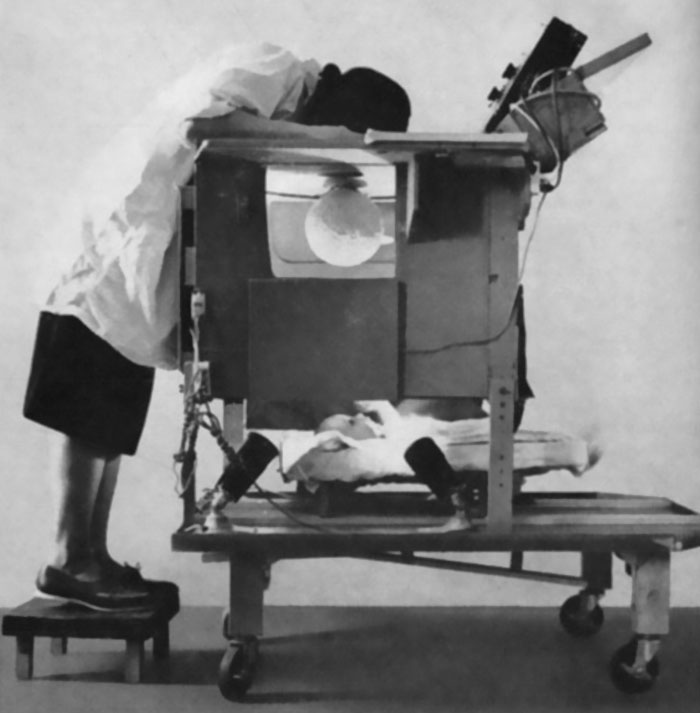
In 1961, when Fantz carried out his simple yet genius experiment, there wasn’t much you could do to find out what was going on in a baby’s head – other than watch. And watching the baby is what he did.
An enduring feature of human nature is if there’s something of interest near us, we generally look at it. So Fantz set up a display board above…
Learned Helplessness Experiment

The concept of “learned helplessness” was investigated by Martin Seligman in 1965. The discovery of this concept was accidental and it occurred during a series of studies about negative reinforcement.
The studies were conducted on dogs and was an attempt to expand on the research of Pavlov – he who made dogs salivate when they heard a bell ring. Seligman wanted to head in the other direction, when he rang his bell instead…
Cognitive Dissonance Experiment

The Cognitive Dissonance Experiment is based on the theory that people hold many different cognitions about their world, for example about their environment and their personalities. In an event wherein some of these cognitions clash, an unsettled state of tension occurs and this is called cognitive dissonance.
In 1959 Leon Festinger conducted an experiment where participants were asked to perform a series of painstakingly boring tasks, such..
Surrogate Mother Experiment
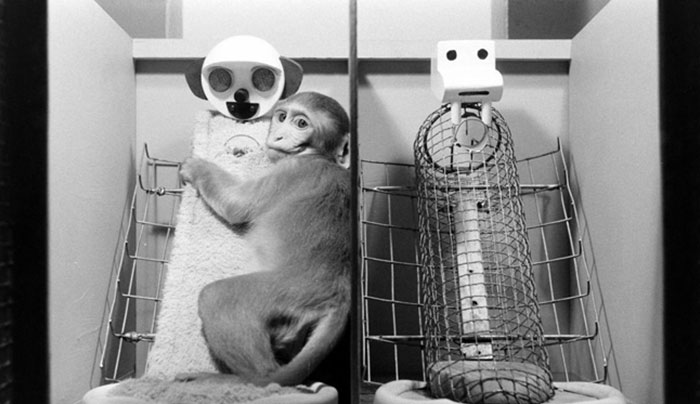
Harry Harlow, during the late 1950s and early 1960s, wanted to study the importance of a mother’s love for healthy childhood development. In order to do so he conducted a series of experiments on rhesus monkeys, observing how isolation and separation can affect the subjects in the latter years of their lives. Harlow’s Monkey experiment ultimately reinforced the importance of mother-and-child bonding.
Harlow separated infant monkeys from their…
The Good Samaritan Experiment
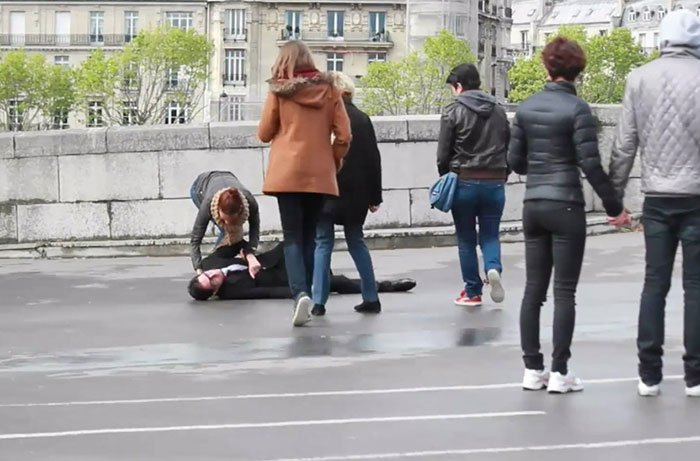
In 1973 at Princeton Theological Seminary, students took part in an experiment which was ostensibly a study on religious education and vocations. In one building, they completed a questionnaire, then they were instructed to go to another building to give either a talk on jobs, or a talk on the story of the Good Samaritan. The participants were told to hurry, but to different degrees. On the way..
The Third Wave Experiment

The Third Wave was an experimental social movement created by California high school history teacher Ron Jones to explain how the German population could accept the actions of the Nazi regime during the Second World War.
While he taught his students about Nazi Germany during his “Contemporary World History” class, Jones found it difficult to explain how the German people could accept the actions of the Nazis,…
“Lost In The Mall” Experiment
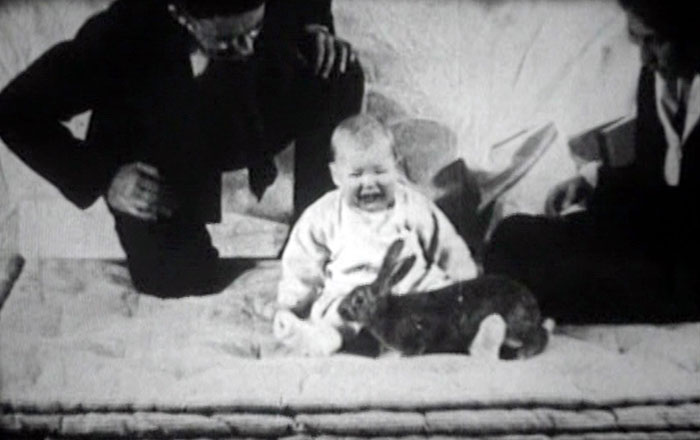
The “Lost in the Mall” experiment is a memory implantation technique used to demonstrate that confabulations about events that never took place – such as having been lost in a shopping mall as a child – can be created through suggestions made to experimental subjects. It was first developed by Jim Coan, an undergraduate student of psychologist Elizabeth Loftus as support for the claim that it is possible…
Stanford Prison Experiment

The Stanford prison experiment was an attempt to investigate the psychological effects of perceived power, focusing on the struggle between prisoners and prison officers. It was conducted at Stanford University in 1971, by a research group led by psychology professor Philip Zimbardo and using college students as subjects.
Zimbardo aimed to test the hypothesis that the inherent personality traits of prisoners and guards are the chief cause..
Little Albert Experiment
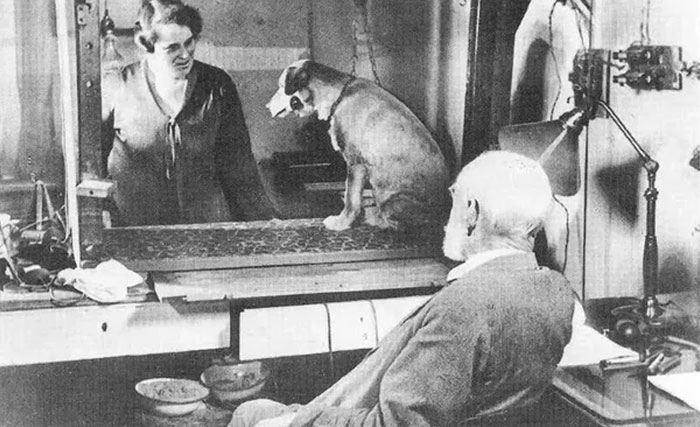
This controversial experiment was conducted in 1920 by John Watson and Rosalie Rayner at Johns Hopkins University. A one-year-old baby called Albert was put on a mattress on a table in the middle of a room. A white laboratory rat was placed near Albert and he was allowed to play with it. At this point the experimenters made a loud sound behind Albert’s back by striking a suspended.

Leave a Comment